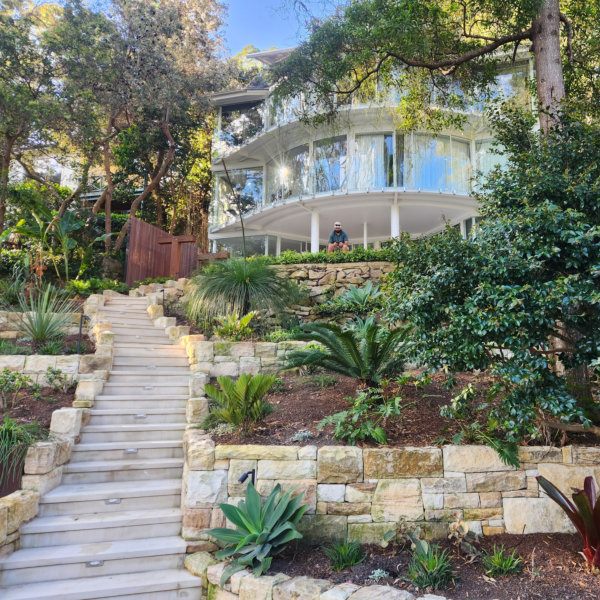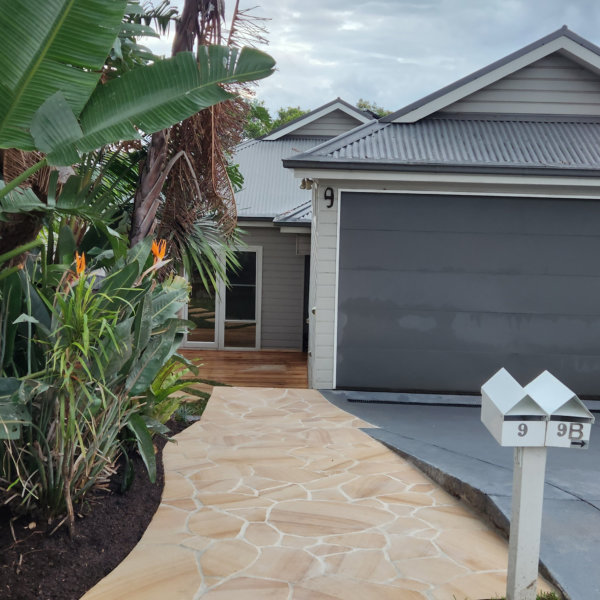Sustainable Landscaping
Sustainable landscaping is more than just a trend—it’s a commitment to creating outdoor spaces that harmonize with the environment, conserve resources, and promote biodiversity. Here’s a closer look at the principles and benefits of sustainable landscaping:
Environmental Conservation and Resource Efficiency
Sustainable landscaping actively contributes to the preservation of natural resources. Efficient water management, soil conservation, and the use of eco-friendly materials reduce the environmental impact, ensuring a more responsible use of resources.
Water Conservation and Efficient Irrigation
Efficient irrigation practices, such as drip systems and smart controllers, minimize water wastage. Sustainable landscaping reduces reliance on water-intensive lawns and encourages the use of drought-tolerant plants, contributing to overall water conservation efforts.
Low Maintenance and Cost Savings
Native plants and well-adapted landscaping designs often require less maintenance. Sustainable practices, such as reducing the size of lawns and using resilient plants, result in lower maintenance costs over time.
Energy Efficiency Through Thoughtful Design
Strategic landscaping can contribute to energy efficiency in buildings. Planting trees for shade, creating windbreaks, and incorporating green roofs and walls improve insulation, reducing the need for excessive heating or cooling.
Reduction of Carbon Footprint
Planting trees and choosing eco-friendly materials contribute to carbon sequestration and a smaller carbon footprint. Sustainable landscaping practices play a role in mitigating climate change by absorbing and storing carbon dioxide.
Health and Well-being Benefits
Access to green spaces has proven positive effects on mental and physical health. Sustainable landscaping provides inviting outdoor areas for relaxation, recreation, and stress reduction, contributing to overall well-being.
Aesthetic Appeal and Increased Property Value
Contrary to the misconception that sustainable landscaping sacrifices aesthetics, thoughtfully designed eco-friendly landscapes can be visually stunning. Additionally, properties with sustainable features often see an increase in market value.
Adapting to Climate Change Challenges
Sustainable landscaping practices are adaptable to changing climate conditions. Drought-resistant plants, water-conserving techniques, and resilient landscape designs help landscapes thrive in the face of evolving climate challenges.
Positive Impact on Local and Global Ecology
Through the adoption of sustainable landscaping practices, individuals contribute to a positive impact on both local and global ecology. The collective efforts of communities embracing eco-friendly landscaping contribute to a healthier planet for future generations.





